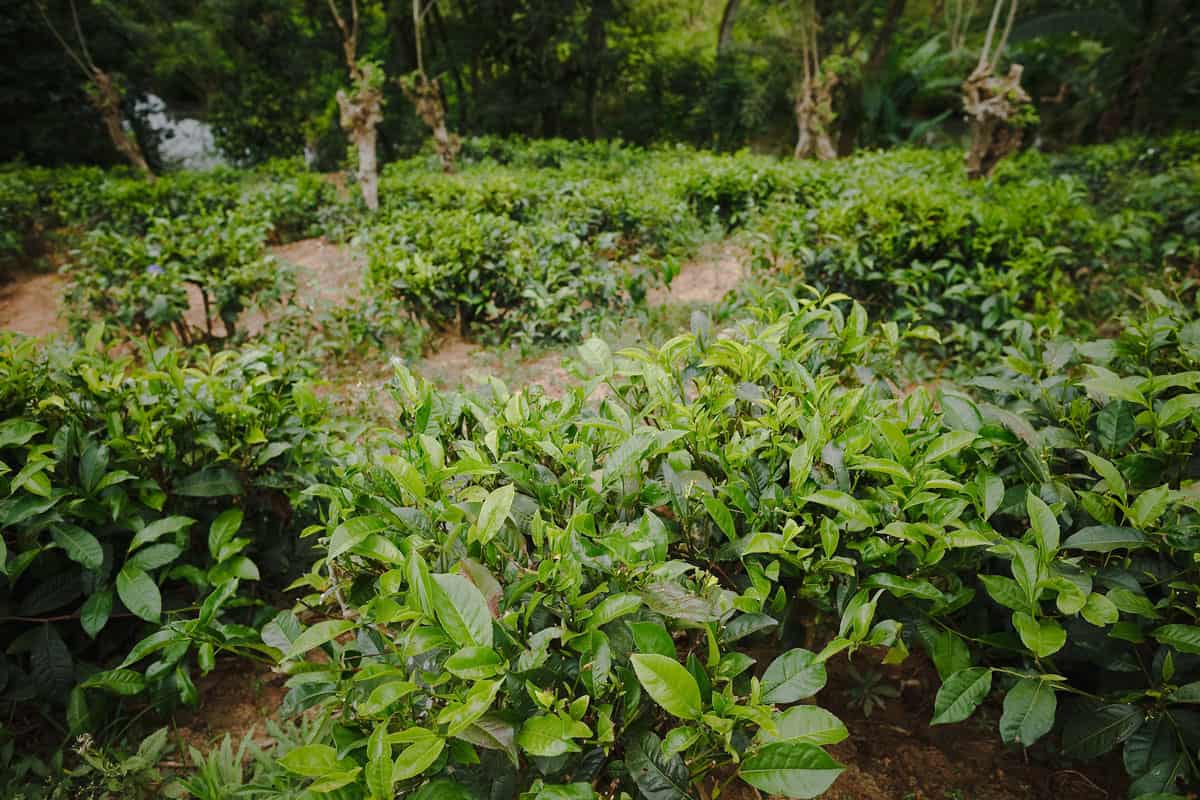Read time: 3.5 minutes
Interactive Content: Click tabs “What, Why, Where” to reveal more
MATCHA BENEFITS
Matcha first gained popularity among Zen Buddhist for its ability to improve mediation by providing increased alertness and mental clarity; however, its ability to provide jitter free energy is only one of Matcha’s many benefits.

Inside the super plant
MATCHA
Straight from the Source
Matcha
Matcha is finely ground powder of a specially grown and processed leaf from the green tea tree, or Camellia sinensis, an evergreen shrub native to East Asia. Due to its ability to produce calm alertness an almost religious ceremony called “The Way of Tea” was built around it.
History
The origins of matcha can be traced back to the seventh century Chinese Tang dynasty that began steaming tea leaves and grinding them into powdered bricks to make their tea harvest easy to transport for trade.
The spread of matcha into Japan is largely attributed to a 12th century Zen Buddhist monk by the name of Eisa, who spent the better part of his life studying Buddhism in China. When he returned to Japan in 1191 he brought with him tea seeds and the Zen Buddhist methods of preparing matcha.
In the 1500s the Zen Master Sen-no-Rikyu developed the Japanese Teas Ceremony called Chado, or “The Way of Tea”. Rikyu elevated the ritual of drinking tea to an almost religious ceremony with rules and fundamentals meant to help improve one’s life. Many of the prescribed behaviors used in contemporary Japanese tea ceremonies were introduced by Rikyu.
Harvest
Twenty days before they are harvested to make matcha, the leaves of tea bushes are covered to eliminate direct sunlight which causes the leaves to turn a darker shade of green and increase the production of theanine. Only the finest buds are hand-picked before they are dried, deveined, and stone-ground into a fine powder.
Anatomy
The green tea tree that us used to make matcha is an evergreen shrub that grown around seven feet tall, has a strong taproot, and is covered in two to six inch long vibrant green leaves. The young leaves which are most desirable for tea making are a light green an turn a deeper green with age.
Etymology
Matcha is directly borrowed from the Japanese language and derives from the combination of two Japanese words matsu, which means to rub, and cha, the word for tea.
Matcha Benefits*
The combination of caffeine with l-theanine in matcha provides a stable and extended boost of energy without the anxious jitters or crash experienced with other caffeinated drinks.
Historical Uses
Matcha has been revered by the Japanese since the 12th century for its ability to improve Zen meditation sessions by producing a state of calm alertness and improving mental clarity.
Other Potential Matcha Benefits*:
- Reduce damage caused by free radicals
- Enhance brain function and mental clarity
- Regulates LDL cholesterol
- Improve memory
- Reduce inflammation
Our Matcha Sources
Organic cherries sustainably farmed and harvested from Japan
MATCHA
SUMMARY
We included this specially grown and processed tea leaf in our Recharge & Replenish to provide a jitter free energy boost. The combination of caffeine and the amino acid l-theanine put your mind in a perfect balance of alertness and tranquility.
ASHWAGANDHA
Benenfits
Ashwagandha’s is full of withanolides, which are a group of naturally occurring steroids that have been shown to help lower Cortisol levels leading to a reduction in stress and anxiety.
Go to blogBLUEBERRY
Benenfits
Our Replenish & Recharge is loaded with this little blue superfood to help your body fight the damages caused by free radicals with high levels of antioxidants, particularly a group of flavonoids called anthocyanins.
Go to BlogMACA
Benenfits
Maca is full in vitamin C, Manganese, and Iron and its flavonoids have been shown to have many mood and energy boosting benefits.
Go to Blog


